- Home
- Articles
- Architectural Portfolio
- Architectral Presentation
- Inspirational Stories
- Architecture News
- Visualization
- BIM Industry
- Facade Design
- Parametric Design
- Career
- Landscape Architecture
- Construction
- Artificial Intelligence
- Sketching
- Design Softwares
- Diagrams
- Writing
- Architectural Tips
- Sustainability
- Courses
- Concept
- Technology
- History & Heritage
- Future of Architecture
- Guides & How-To
- Art & Culture
- Projects
- Interior Design
- Competitions
- Jobs
- Store
- Tools
- More
- Home
- Articles
- Architectural Portfolio
- Architectral Presentation
- Inspirational Stories
- Architecture News
- Visualization
- BIM Industry
- Facade Design
- Parametric Design
- Career
- Landscape Architecture
- Construction
- Artificial Intelligence
- Sketching
- Design Softwares
- Diagrams
- Writing
- Architectural Tips
- Sustainability
- Courses
- Concept
- Technology
- History & Heritage
- Future of Architecture
- Guides & How-To
- Art & Culture
- Projects
- Interior Design
- Competitions
- Jobs
- Store
- Tools
- More
What Is Architectural Photography? A Comprehensive Guide to Capturing Stunning Structures
Discover the art and technique behind architectural photography in this comprehensive guide. Learn how to capture the essence of design, scale, and structure through creative angles, perfect lighting, and advanced tools. Explore tips, equipment, and methods to master both interior and exterior shots, while overcoming common challenges.
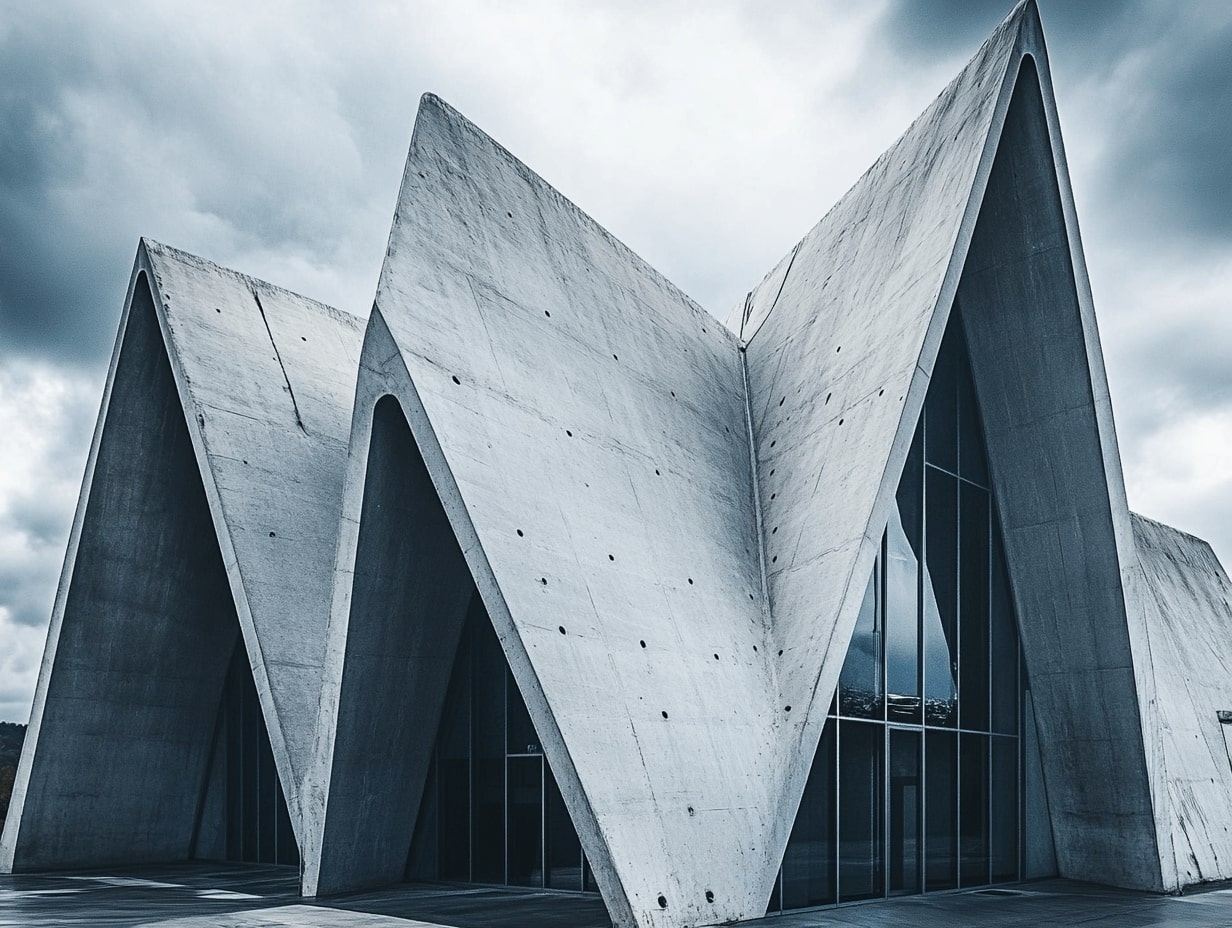
Architectural photography is more than just capturing buildings; it’s about telling the story of design, space, and structure through a lens. From towering skyscrapers to intricate interiors, this art form allows us to explore the beauty and functionality of architecture in ways that often go unnoticed. It’s where creativity meets precision, blending artistic vision with technical expertise.
As we dive into the world of architectural photography, we’ll uncover what makes it unique, the skills required, and the tools that help bring these stunning images to life. Whether you’re an aspiring photographer, an architecture enthusiast, or simply curious about this fascinating field, understanding the essence of architectural photography opens up a whole new perspective on the built environment around us. Let’s explore how this craft transforms spaces into timeless visual stories.
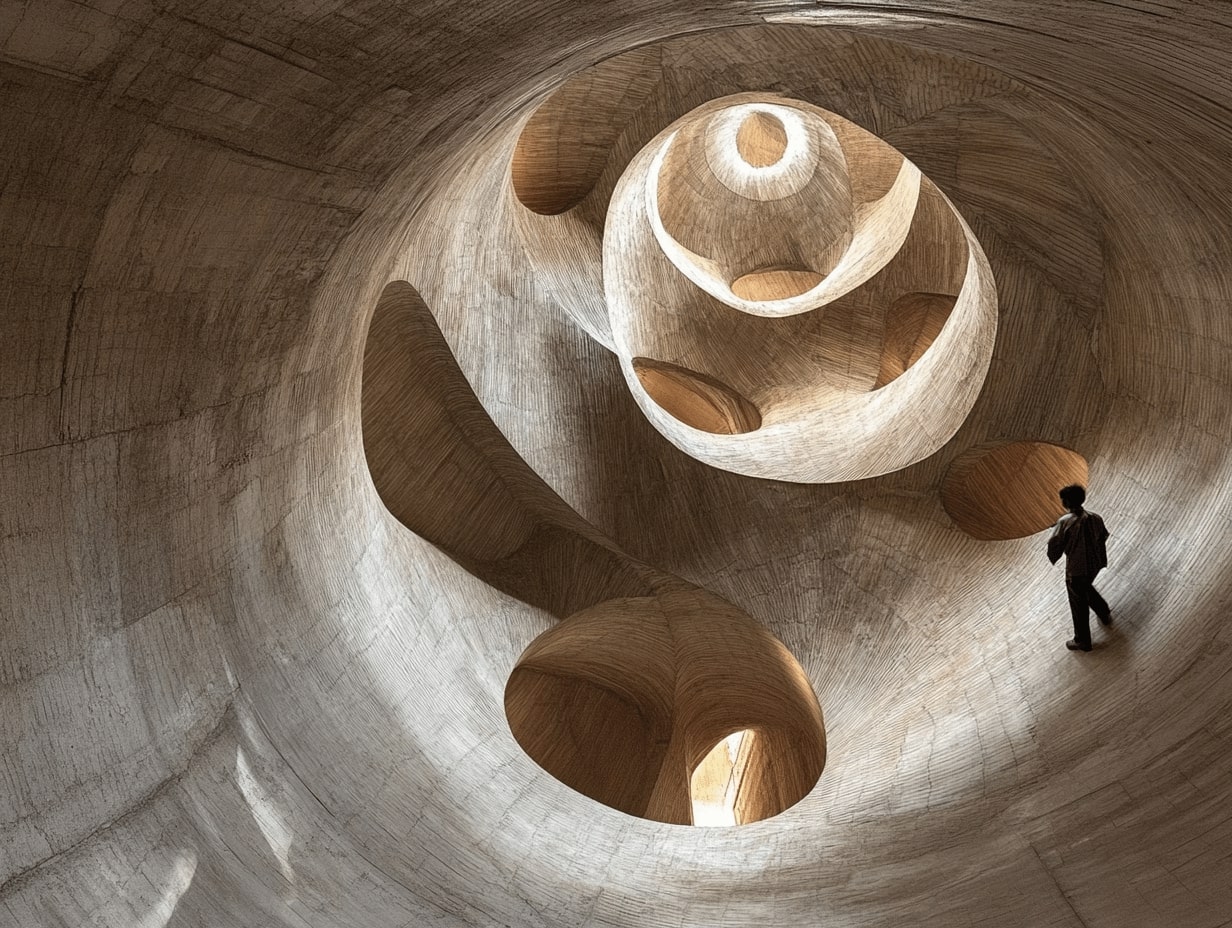
Table of Contents
ToggleWhat Is Architectural Photography?
Architectural photography captures the visual essence of buildings and structures. It involves documenting the design, scale, and purpose of architecture through compelling imagery. This genre combines artistic vision with technical precision to emphasize lines, textures, and spatial relationships.
We focus on a building’s exterior as well as its interior when framing shots. Exterior photography highlights façades, rooflines, and surrounding environments. Interior photography emphasizes elements like lighting, materials, and layout to showcase how spaces are experienced from within.
Context plays a critical role in architectural photography. The images often reflect the structure’s cultural, geographical, or historical significance. For instance, capturing contemporary skyscrapers reveals urban innovation, while photographing historic cathedrals preserves architectural heritage.
Architectural photographers use techniques like perspective control and symmetry to produce balanced compositions. Tools such as tilt-shift lenses help eliminate distortion, ensuring buildings are portrayed accurately.
Essential Equipment For Architectural Photography
High-quality equipment enhances the precision and artistry of architectural photography. Let’s explore the tools that form the foundation of this craft.
Cameras And Lenses
Choosing a camera with high resolution and dynamic range ensures detailed, vibrant architectural images. Full-frame DSLRs and mirrorless cameras are ideal due to their broad sensor capabilities. We recommend models like the Canon EOS R5 or Sony Alpha A7R V, both offering over 45MP resolution.
Using the right lenses is crucial. Tilt-shift lenses correct perspective distortions in tall structures, while wide-angle lenses, such as the Canon TS-E 17mm f/4L or Nikon PC NIKKOR 19mm f/4E, capture expansive interior and exterior views. For detail shots, prime lenses provide sharpness and clarity.
Tripods And Stabilizers
Tripods ensure stability for precise framing and long exposures, especially in low-light conditions. Robust options, such as the Manfrotto MT190XPRO3 or Gitzo Series 3 Systematic, offer adjustable heights and secure locking systems.
Stabilizers assist in eliminating camera shake during handheld shooting. Gimbal stabilizers like the DJI RS 3 ensure smooth image capture, making them valuable for dynamic shots or video projects.
Lighting Tools
Lighting tools enhance compositions in dimly lit interiors or to emphasize architectural details. Portable LED panels, such as the Aputure Light Storm series, provide adjustable color temperature and brightness for controlled illumination. Flash units combined with diffusers ensure balanced lighting without harsh shadows.
Reflectors enhance natural light on specific areas, while softboxes diffuse artificial light for a uniform effect. Tools like the Neewer softbox kits offer excellent flexibility for varied lighting setups.
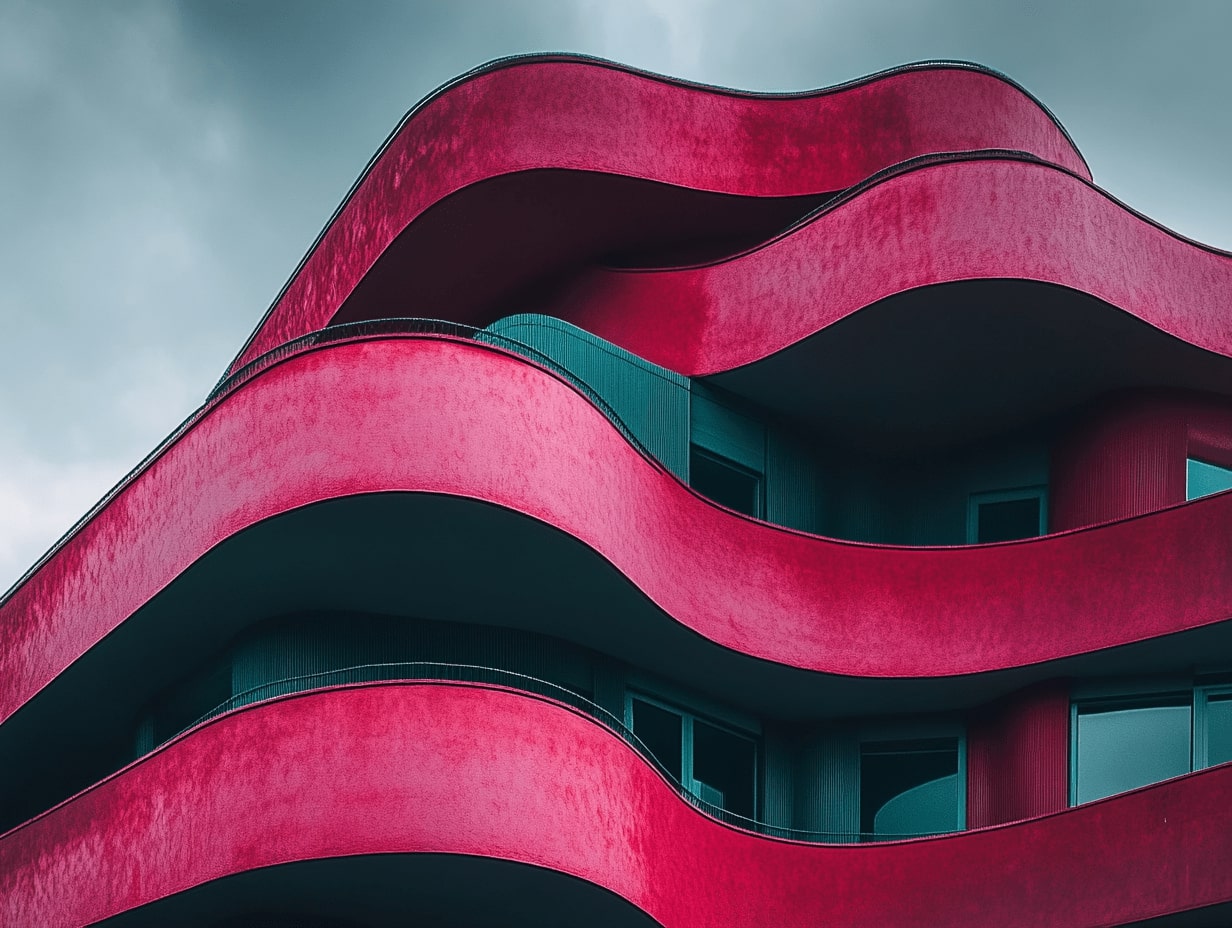
Techniques For Capturing Stunning Architecture
Architectural photography combines creativity and technical expertise to highlight design intricacies. Using purposeful techniques enhances the ability to capture visually compelling images of structures.
Composition And Angles
Strong composition and selecting the right angles define impactful architectural photography. Aligning lines and shapes within the frame enhances balance, while incorporating leading lines, such as pathways or rooflines, draws the viewer’s attention. Shooting from creative angles, like low or elevated perspectives, can emphasize height, scale, or unique patterns. Focusing on symmetry elevates the image’s aesthetic and conveys harmony in a building’s design.
Lighting And Shadows
Lighting plays a crucial role in architectural photography. Early morning and late afternoon offer softer, directional light that accentuates details and textures without harsh shadows. Indoor shots benefit from natural light where possible, paired with supplementary lighting to avoid overexposure or darkened areas. Shadows add depth and drama when used strategically, particularly in capturing repetitive elements like arches or facades.
Post-Processing Tips
Post-processing refines the final images while maintaining their authenticity. Correcting lens distortions ensures lines remain straight, especially when using wide-angle or tilt-shift lenses. Enhancing contrast and sharpness reveals intricate textures and materials. Adjusting white balance preserves the natural color of the structure, while subtle editing retains the integrity of the design. Focus stacking can also enhance sharpness in both foreground and background elements.
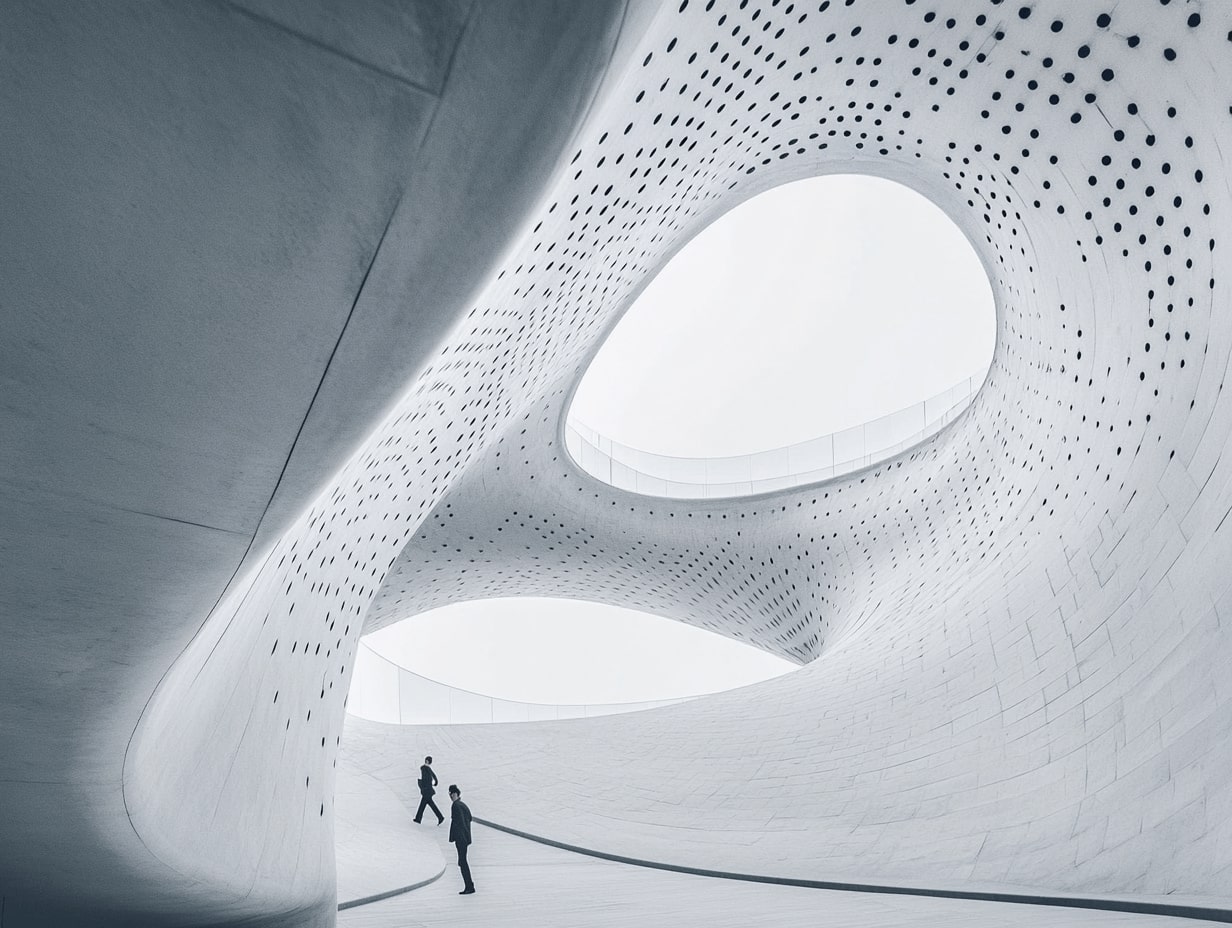
Types Of Architectural Photography
Architectural photography can be categorized into distinct types based on the areas being captured. These categories help us focus on specific aspects of a building’s design and environment to create impactful visuals.
Interior Photography
Interior photography highlights the design, functionality, and emotion of spaces within buildings. We focus on capturing details like furniture arrangements, lighting fixtures, textures, and spatial flow. Using wide-angle lenses allows us to emphasize room dimensions, while natural light or supplemental lighting enhances ambiance. Key examples include photographs of modern living rooms, office interiors, or historical halls.
Perspective accuracy is crucial to maintaining straight lines and avoiding distortion. We also pay attention to material finishes, like wood grains or metallic sheens, to add depth. Including human elements, such as someone reading or interacting with the space, can add a sense of scale and relatability.
Exterior Photography
Exterior photography focuses on documenting a structure’s façade, rooflines, and integration with its surroundings. We often shoot during the golden hour to achieve balanced lighting and avoid harsh shadows. Shots of skyscrapers against a city skyline or a house nestled in natural surroundings serve as examples.
We use tilt-shift lenses to correct perspective distortions, especially when photographing tall structures. Incorporating context, like nearby trees, streets, or urban settings, ensures the images communicate a building’s relationship to its environment. We also consider weather conditions, as elements like rain or fog can evoke mood and add uniqueness to the composition.

Challenges In Architectural Photography
Architectural photography presents several distinct challenges that require technical knowledge and adaptive strategies. These obstacles, when addressed effectively, can elevate the quality of architectural images.
Dealing With Distortions
Distortions often arise due to wide-angle or incorrect lens usage, affecting perspective and proportions in architectural images. Vertical lines can appear to converge unnaturally, especially when shooting tall buildings from ground level. To address this, we rely on tilt-shift lenses, which correct perspective distortions without requiring excessive cropping during post-processing. Another solution involves maintaining level camera alignment, with bubble levels or in-camera guides ensuring that the sensor stays parallel to the structure. Post-processing software like Adobe Lightroom or Capture One can further refine and correct distortions caused by lens optics.
Managing Weather And Lighting Conditions
Weather and lighting significantly impact architectural photography, requiring careful planning to achieve optimal results. Overexposure or deep shadows can obscure building details during harsh midday sun, so we plan shoots during the golden hour for softer, more even lighting. Unpredictable weather, such as rain or fog, can be both a challenge and an opportunity to capture mood-enhancing elements. For instance, rain-soaked façades or misty backdrops can create atmospheric images while emphasizing a structure’s form. Portable LED panels and reflectors help control lighting in dim conditions, while post-processing ensures brightness and highlights align with the photographer’s vision.
Conclusion
Architectural photography blends artistry and technical expertise to capture the essence of design, space, and structure. By mastering composition, lighting, and perspective techniques, it’s possible to create compelling visuals that showcase a building’s unique attributes. Leveraging high-quality equipment, including full-frame cameras, tilt-shift and wide-angle lenses, and proper lighting tools, enhances the precision and aesthetic of the images.
Understanding the different types of architectural photography, such as interior and exterior shots, allows us to adapt approaches based on context. Whether highlighting intricate interior details like furniture or documenting a structure’s façade during the golden hour, thoughtful planning creates impactful imagery. Overcoming challenges like perspective distortions, lighting variability, and weather conditions requires a combination of pre-shoot preparation and post-processing adjustments to refine the final outcome.
Architectural photography serves as an intersection of engineering, culture, and creativity. It not only documents the physical structure but also communicates its significance within a broader context.
- architectural photo gallery
- Architectural Photography
- architecture photo tours
- architecture photography inspiration
- architecture photography portfolio
- architecture photography techniques
- best architecture photography
- building photography examples
- capturing architectural design
- design legacy photography
- famous architectural photographers
- global architecture photography
- historical architecture photos
- inspiring architecture photos
- international architecture photography
- legacy architecture photography
- modern architecture photography
- urban architecture photography
- world architecture photos
Submit your architectural projects
Follow these steps for submission your project. Submission FormLatest Posts
How to Restore Old Photos of Historical Buildings with AI Tools
Introduction To restore old photos is essential since these contain invaluable memories,...
From Las Vegas to Rome: A Visual Journey by Iwan Baan at Princeton University
The Princeton University School of Architecture presents “From Las Vegas to Rome”...
Unlocking the Art of Architectural Photography: Techniques, Tips, and Equipment Guide
Explore the captivating world of architectural photography in our latest article. Discover...
Essential Tips and Techniques for Stunning Architectural Model Photography
Discover the art of architectural model photography, where precision meets creativity. Learn...



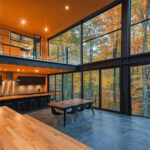
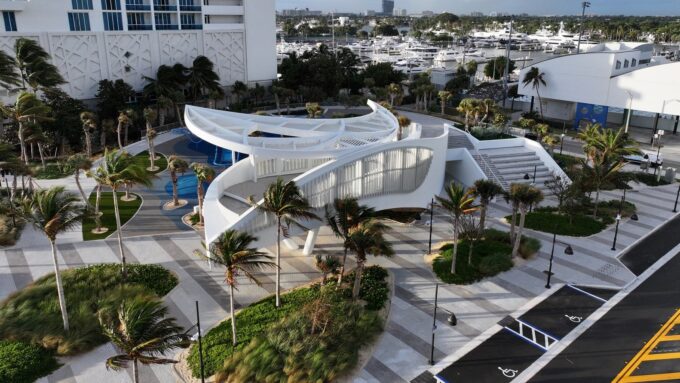


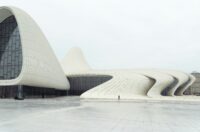




Leave a comment